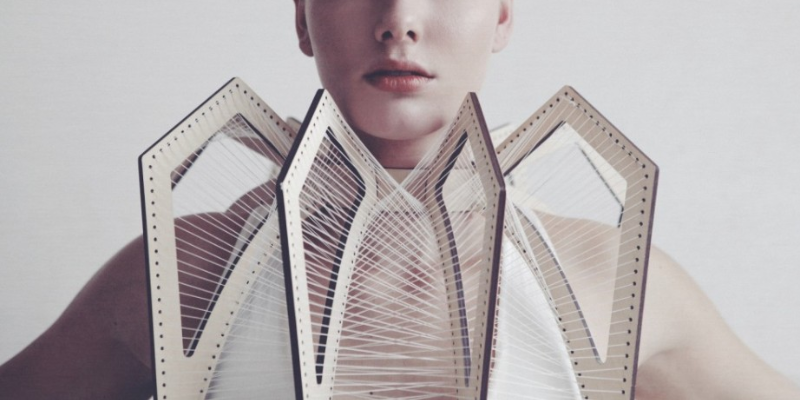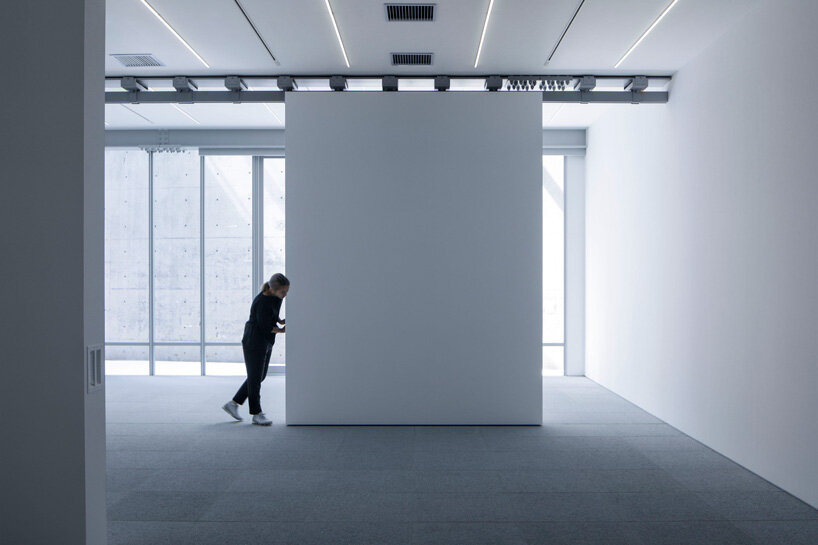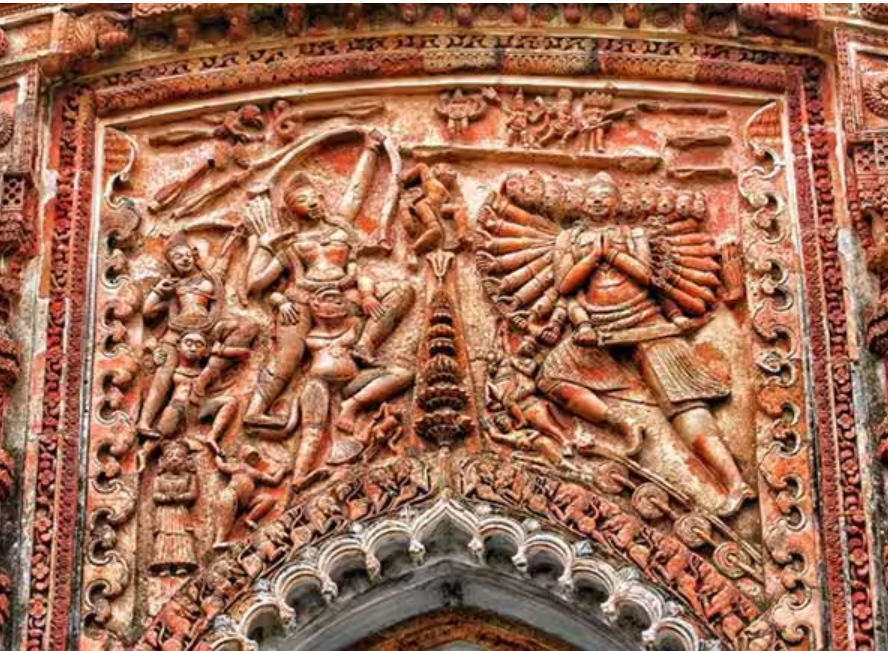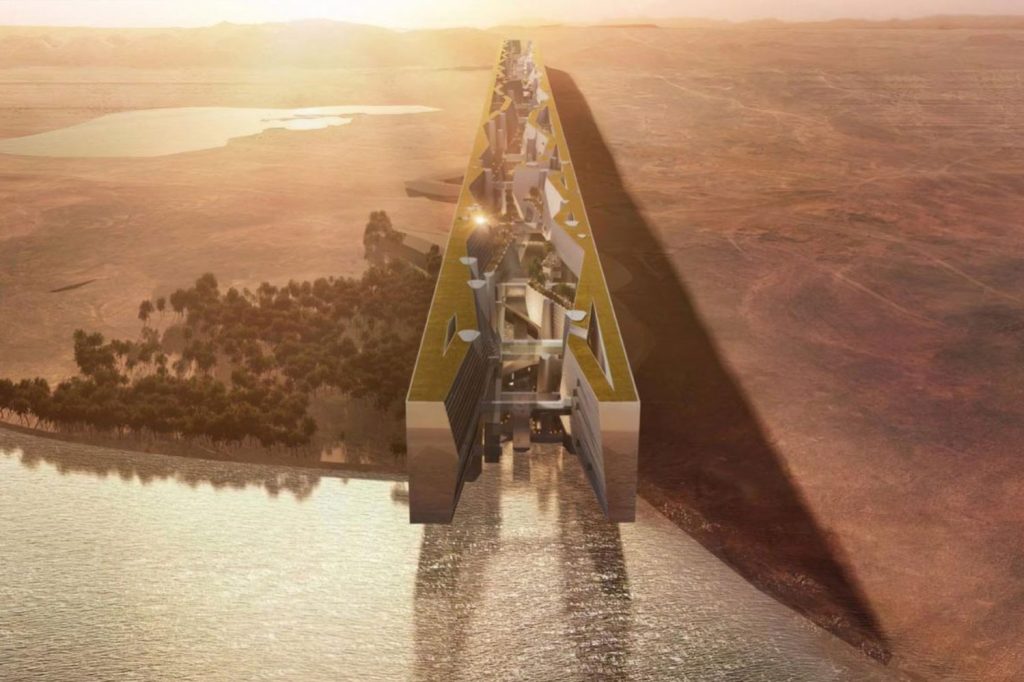“Dress making is the architecture of movement”
-Pierre Balmain
In the context of design and art, fashion and architectural movements often go hand in hand. Where on one side fashion is wearable art, architecture is inhabitable art. Both the forms follow strict guidelines when it comes to structure, geometry and of course style. The process of construction coincide as well in the sense that pre-3D models require 2D sketches and planning. Technology, aesthetics and on going trends influence both courses of work. It can be argued that architecture is more of a permanent construction whereas fashion is more or less temporary and perhaps, superficial. The overall goal of the both systems remains constant which is – the body. Both concepts are designed to contain and represent creativity and expression.
Coinciding trends in Fashion and Architecture
Throughout the ages, architects and fashion designers have inspired and taken influence from each other. Both disciplines often cater to aesthetic values and seek stylistic palette according to professions, moods and activities. It is through their intersecting ideas and guidelines, which brought the foundation of Wearable Architecture. Following are some instances wherein parallels can be drawn in architectural and fashion trends:
1. Greece

The Dornan and Ionian clothing in Rome and ancient Greece treated the human form like a column, mirroring architectural structures. Fashioned as a combination of clothing and architectural plans, the design concept featured Greek column-like corrugated features that complemented the cylindrical shape and draping of the iconic ‘chiton.’ The harmony highlighted the human figure’s proportionate construction.
2. Gothic Architecture

Gothic Architecture, which represents papal and royal power battles, has a strong influence on fashion. Clothes transcend the limitations of the human body; puffy dresses are in style. The distinctive skirt circles that define feminine lines are a hallmark of womenswear. adorned with needlework covering the skirt’s edges and drapes modeled after palace curtains. Historical similarities are highlighted by the unusually long hats and pointed shoes worn by both men and women.
3. Renaissance

The Renaissance was a time of great luxury, from ornate palace interior design to lavish clothing. Excessive displays, ornate haircuts, showy dress, and jewels were all elevated to the status of art throughout the Baroque era. This preference for ostentatious beauty reflected the luxurious nature of architectural designs. Ladies’ floor-length skirts mirrored the architectural elements of the era, echoing the flowing grace reminiscent of water.
4. Art Deco
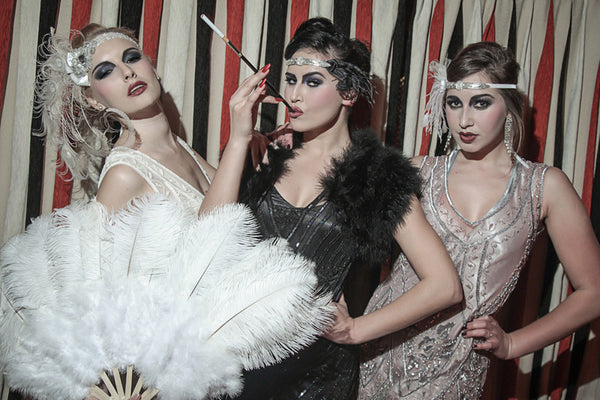
The 1920s saw the rise of Art Deco architecture, which is best known for its symmetry and geometric designs and is personified by New York’s famous Chrysler Building. At the same time, the androgynous silhouette was adopted by flapper girl design, which featured sleeveless, waistless skirts fashioned of jersey and imitation silk and beaded in geometric patterns. Though they differed in appearance, Art Deco and flapper girl styles captured the vibrant spirit of the day with their modern and upbeat interpretation of luxury.
5. Mod Style

The 1940s to 1970s saw the rise of the mid-century modern architectural fashion, which emphasized flat surfaces, big windows, and neutral-toned cubic shapes. On the other hand, womenswear from the 1960s included flamboyant shift dresses with geometric flowers and waves, and bright colors like pink and baby blue. During the same period, the UK gave rise to the Mod style, which was characterized by its modern look, muted hues, and precise tailoring that complemented the minimalism of mid-century modern architecture.
Instances of Fashion in Architecture
Given below are certain architects and fashion designers who have sought influence from each other and have collaborated, hence, coinciding the areas of fashion and architecture:
1. Martin Margiela
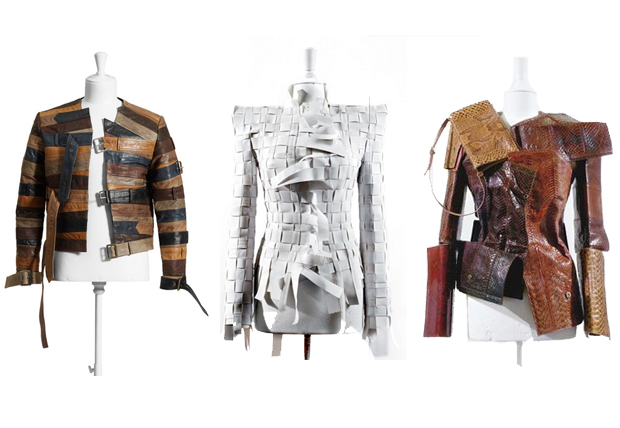
Maison Martin Margiela is a prime example of a fashion brand that embraces deconstruction and “hidden identity,” drawing inspiration from the breakthroughs of Issey Miyake, Yamamoto, and Kawakubo in the 1980s. They blend ‘Wabi’ and ‘Sabi’ aesthetics, which value the temporal and imperfect beauty, while emphasizing material, space, and communication. Since 1973, Kawakubo’s radical “guerrilla stores” have challenged “super architecture” by embodying transient, unorthodox settings that blur the lines between fashion and architecture and offer fleeting, momentary experiences that evolve globally and away from traditional shopping districts.
2. Issey Miyake

Fashion evolved by Issey Miyake’s famed Pleats Please collection, which originated from a proprietary fabric pleating technology in the 1980s. The laborious procedure comprised making clothes bigger than planned, then painstakingly folding and pressing them between sheets of paper in a hot press. This invention found resonance in Miyake’s designs during a period of architectural trend in the 1990s that was influenced by Gilles Deleuze’s book on the Baroque. Scholars such as Giuliana Bruno have examined the relationship between architectural folds and Miyake’s pleats, demonstrating a deep connection between form and substance. As seen by his partnerships with architects such as Shiro Kuramata, who transformed showrooms into living examples of Miyake’s design ethos, his innovative approach went beyond fashion.
3. Tadao Ando

The late designer Karl Lagerfeld’s work was showcased in the Costume Institute exhibition “Karl Lagerfeld: A Line of Beauty,” which was designed by architect Tadao Ando. Ando first worked with Lagerfeld in 1996 after receiving a commission for a French design studio, which had an impact on the Met partnership.
4. Peter Do
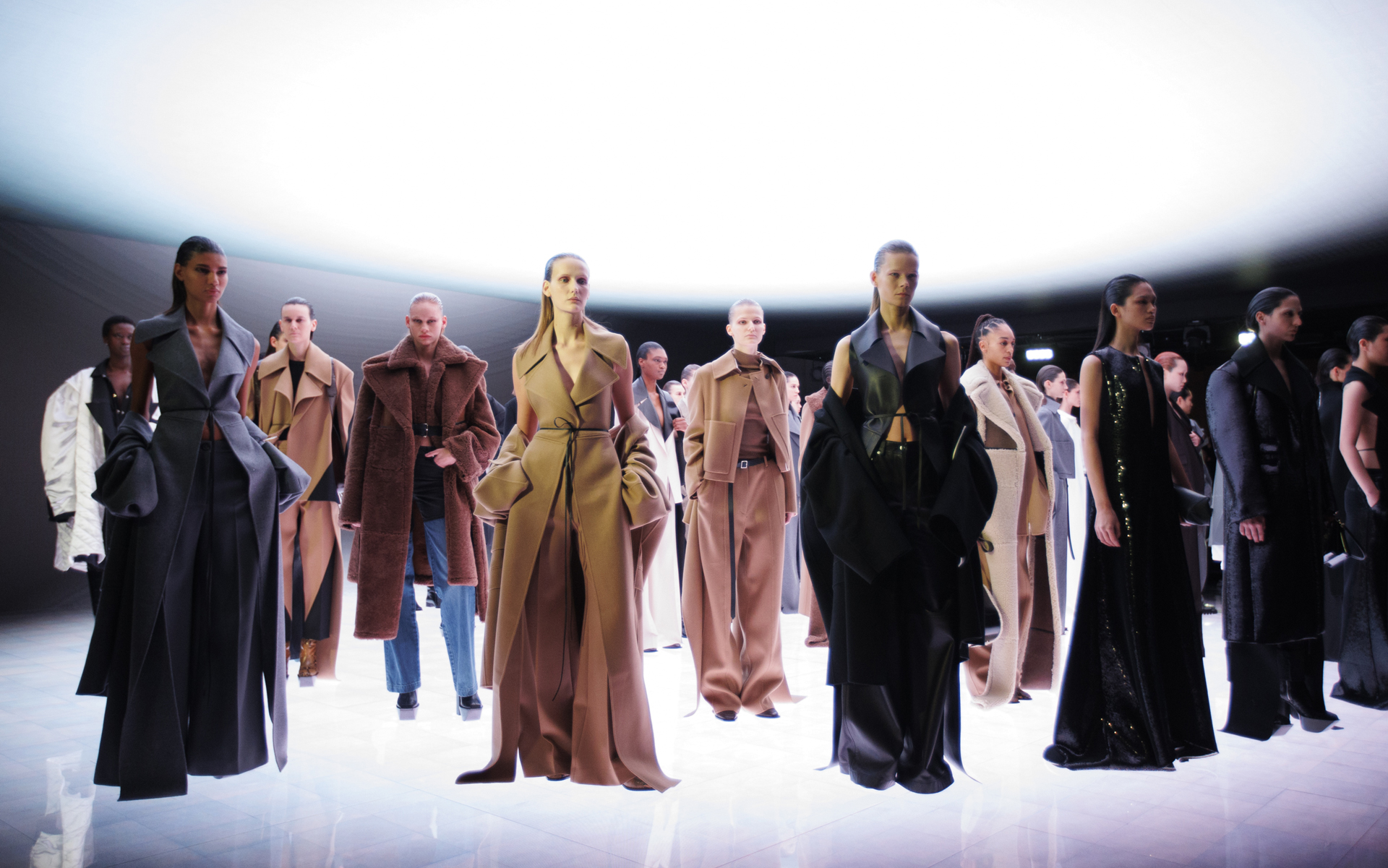
Rising to prominence due to his androgynous and monochromatic designs, Peter Do, places a strong emphasis on “architectural construction” in his biography, creates boxy outfits with well-planned fabric perforations and exact cuts. His collections exhibit a unique combination of fashion and structured design, resonating with architectural accuracy.
5. JW Anderson

The leather puzzle bag by Loewe is an example of architectural mastery; it combines geometric patterns in a way that is reminiscent of an Anderson artwork. With its well-balanced form and function, the bag mirrors the structure of stacked shapes, making it a unique and eye-catching accessory for individuals who appreciate avant-garde design.
6. Zaha Hadid

In collaboration with United Nude’s Rem D. Koolhaas, Zaha Hadid created the futuristic steel masterpiece, the Nova shoe, whose zig-zag ridges reflected her remarkable architectural style. An Adidas sneaker with Hadid’s distinctive parametric curves was created thanks to her partnership with Pharrell Williams. Melissa, a Brazilian shoe company, saw a metamorphosis due to Hadid’s use of molded plastic, creating a metallic shaded web of curves. The architect demonstrated her artistic ability with her debut handbag line, which included the bucket bag by Louis Vuitton and the Peekaboo by Fendi. Hadid’s influence is showcased in Bulgari’s B.zero 1 collection and the Lamaelle line, which combines futuristic and organic aspects in jewelry design in partnership with George Jensen.
7. Snarchitecture

Snarkitecture’s first fashion line, Architectural Camouflage, presents a distinctive line of clothing and accessories with elaborate tile-pattern prints, including subway, marble, and hex patterns. This cutting-edge innovation cleverly integrates with the surroundings, encouraging the idea of merging in with exposed materials and architecture.
8. Konstantin Kofta
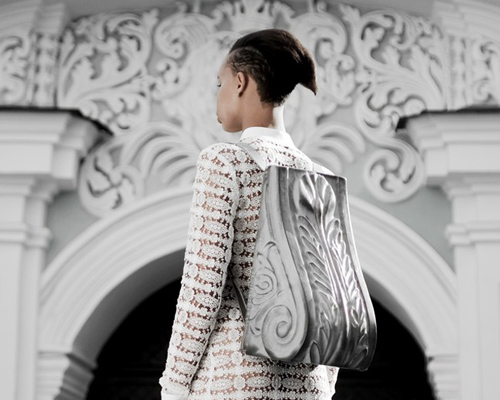
Konstantin Kofta presents ‘arcs,’ a line of backpacks with Baroque influences that combine fashion and architectural design. Mainly made of leather, these bags include detailed details suggestive of column caps and realistic stone-grey accents. The backpacks exhibit a sophisticated interplay of curves, capturing the essence of a concrete structure and providing a distinctive fusion of creative expression and practicality.
References:
- Research Gate– Wearable Architecture: A Design of a Deployable Space, Meltem Busra Onal, Erhan Karakoc
- Rethinking The Future– How is Fashion inspired by Architecture?
- Fashion Innovation– DEFINITION OF FASHION AND ARCHITECTURE AND THEIR RELATIONS IN 2021
- Architectural Digest– When fashion met architecture, courtesy Zaha Hadid
- Arch Daily– Tadao Ando Designs the Exhibition “Karl Lagerfeld: A Line of Beauty” at the Metropolitan Museum of Art, New York
- The Architect’s Newspaper– Issey Miyake’s collaborations with architects should be part of his legacy
- LMDale– Maison Martin Margiela: Deconstruction and Hidden Identity
Read Also:
Designing Tomorrow: The Dynamic World of Temporary and Pop-Up Architecture
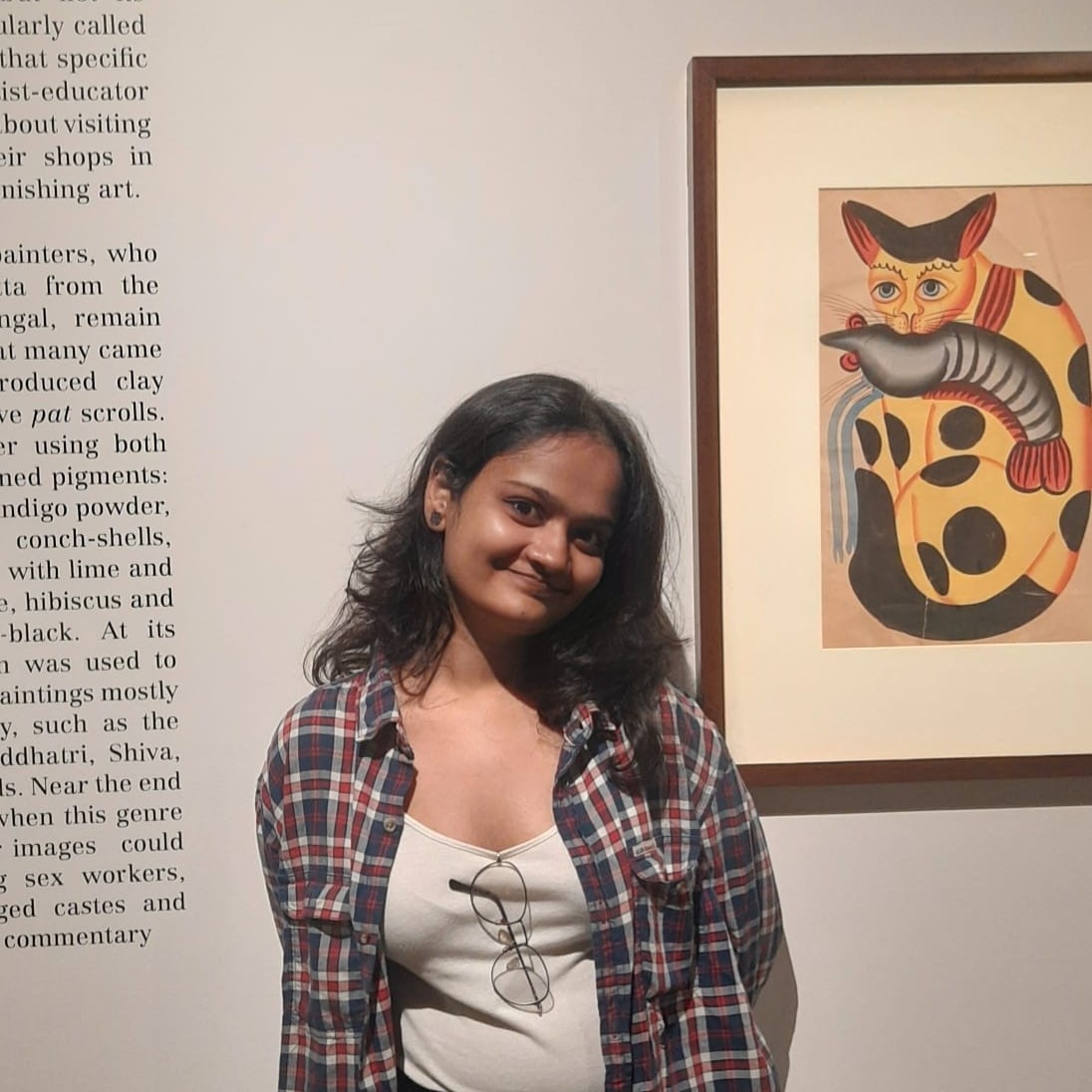
Vaishnavi Srivastava is a learning writer, a keen researcher and a literature enthusiast. She is a Sub-editor at Abir Pothi.

